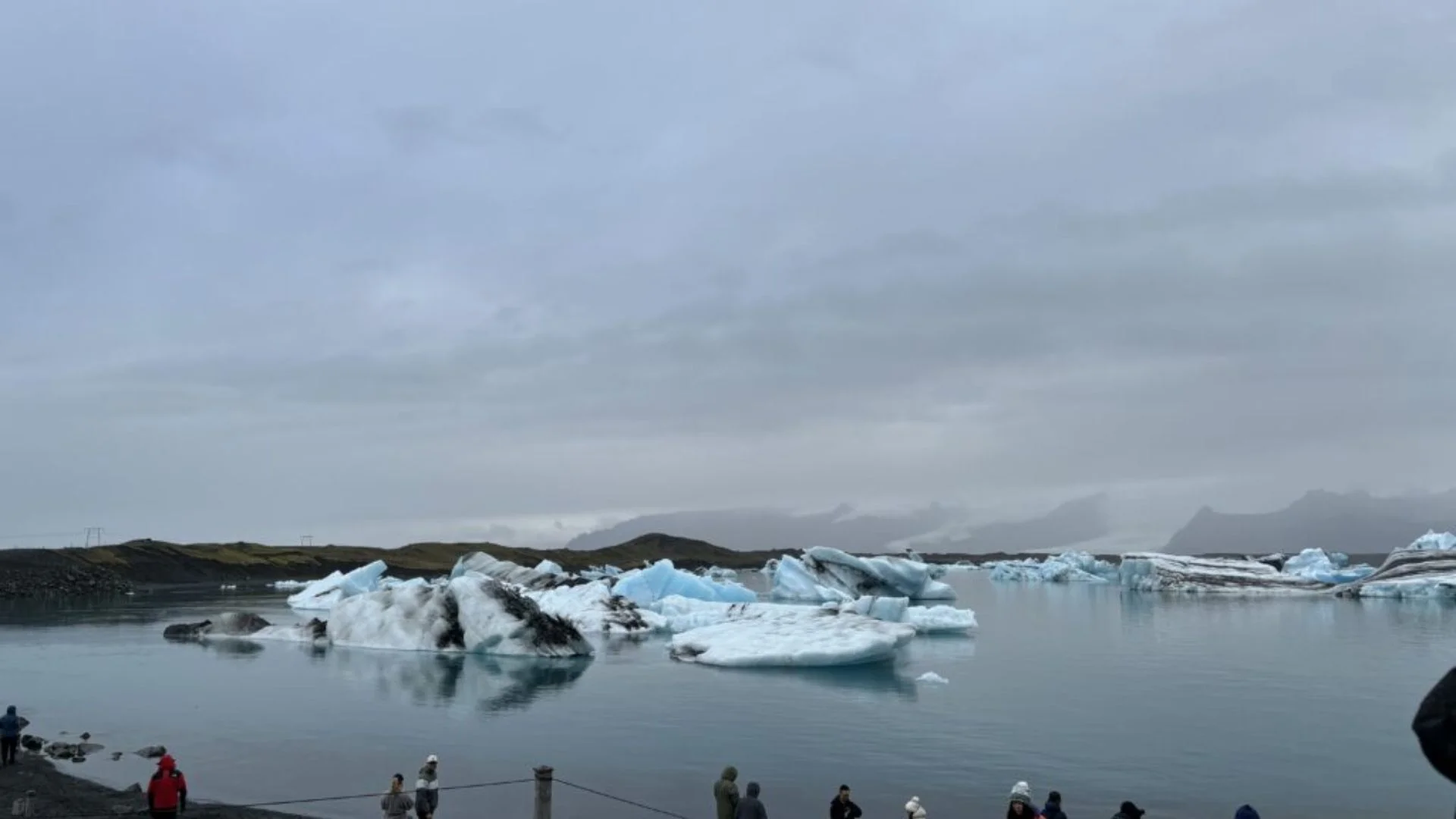
In September 2023, scientists were stunned by a mysterious seismic signal that reverberated across the globe, from the Arctic to Antarctica. Unlike typical earthquake tremors, this signal was a persistent hum at a single frequency, lasting a remarkable nine days. Initially classified as a “USO” (unidentified seismic object), the signal puzzled researchers until its origins were traced to a massive geological event in Greenland.
The source of the signal was identified as a colossal landslide in Dickson Fjord, Greenland. The event, which involved a staggering volume of rock and ice equivalent to 10,000 Olympic swimming pools triggered a mega-tsunami with waves reaching 200 meters in height, twice as tall as London’s Big Ben. Additionally, the landslide caused a seiche, a series of oscillating waves in the fjord that persisted for nine days. The landslide’s magnitude was attributed to the thinning of the glacier due to global warming.
A recent study published in Science underscores the impact of climate change on such events. The research indicates that the landslide generated standing waves in the fjord, revealing the complex interplay between the cryosphere, hydrosphere, and lithosphere. The glacier’s thinning, a direct consequence of global warming, compromised the stability of the mountain and triggered seismic waves that were felt worldwide.
This incident highlights the increasing frequency of extreme geological events linked to climate change. As glaciers continue to melt and permafrost warms, scientists warn that similar landslides and tsunamis in polar regions may become more common. The Dickson Fjord landslide serves as a stark reminder of the broad and profound effects of climate change on our planet’s stability.















